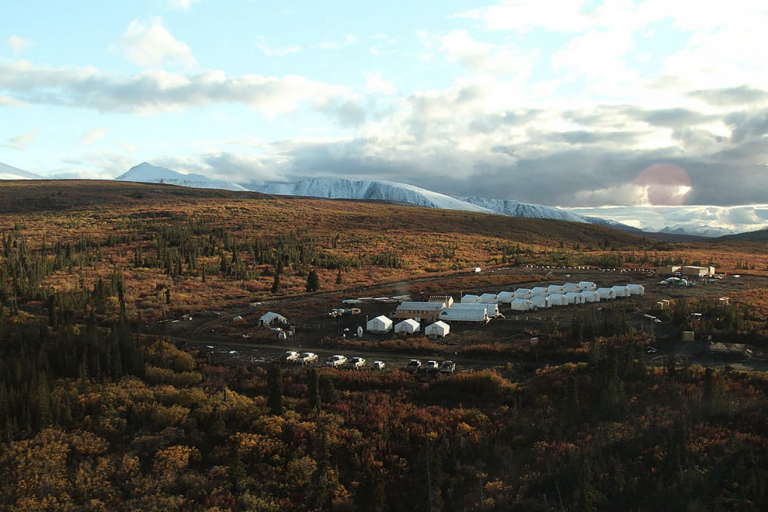BMC tables updated feasibility for ‘silver-dominant’ mine in the Yukon


An updated feasibility study from privately held BMC Minerals for its wholly owned Kudz Ze Kayah (KZK) project in southeast Yukon suggests a "silver-dominant polymetallic mine" with strong cash flows and returns.
The 2-million-tonne-per-year, predominantly open pit operation, would have a nine-year life and produce an average of 7.8 million oz. of silver, 56,500 oz. of gold, 235 million lb. of zinc, 32 million lb. of copper and 56 million lb. of lead each year in concentrate during steady-state operations. With all-in sustaining costs estimated at negative US$15.92 per silver oz. and US$376 million in pre-production capital, the after-tax net present value estimate for the development comes in at US$617 million, based on a 7% discount rate, with a 45.9% internal rate of return.
Silver would make up 31% of the project revenues, followed by zinc, at 29%.
When compared with the original feasibility for KZK, published in July 2019, the latest revision incorporates updated project schedules and timelines, accounts for costs escalation, revised commodity prices and exchange rates and includes costs sunk till the end of June. The net result is a slight positive improvement to project economics - the prior study pegged the after-tax net present value at US$527 million, also at a 7% discount rate, with a 39.6% internal rate of return.
“The updated feasibility confirms the Kudz Ze Kayah Project is expected to be an internationally significant, high grade silver project with strong zinc, copper and gold credits. Its low operating costs are anticipated to deliver excellent operating margins and cash flows,” Scott Donaldson, BMC’s president and CEO, said in a release. “When in production, KZK will sit in elite company being one of only a handful of active mining projects worldwide that are in the global top twenty producers for both silver and zinc production. This is independent of the other metal credits.”
Last month, the Yukon Environmental and Socio-Economic Assessment board (YESAB) recommended that KZK move to the permitting stage. Detailed engineering and financing work is expected to start in early 2021. With a 20-month anticipated construction period, BMC expects first production from the project in late 2023.
The latest study envisions mining of the ABM and Krakatoa zones within the ABM volcanogenic massive sulphide (VMS) deposit at KZK, which remains open and lies within a "prospective" district.
Almost 90% of the ore would be derived from open pit operations – underground development would start in the third year of operations, with initial production forecast for year five. The ore would then be treated at a concentrator facility, using conventional flotation, to produce separate zinc, lead and copper concentrates, with precious metal credits.
The concentrates would be hauled to the port of Stewart in B.C. for export to Asian smelters. Although BMC has not yet signed offtake agreements, the company has prepared assays of concentrates for review, and received confirmation that the concentrates are expected to be marketed successfully. Discussions are ongoing with multiple potential offtake parties.
Reserves for ABM remain unchanged from the estimates derived for the 2019 feasibility. These include total open pit and underground reserves of 15.7 million tonnes at 138 g/t silver, 1.3 g/t gold, 5.8% zinc, 0.9% copper and 1.7% lead. Open pit reserves are estimated using a $29.3 per tonne net smelter return cut-off; underground reserves are based on a $173 per tonne net smelter return cut-off.
For more information, visit www.BMCMinerals.com.
Comments